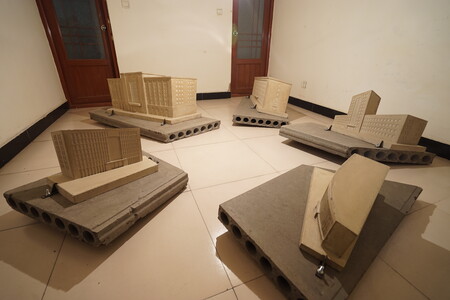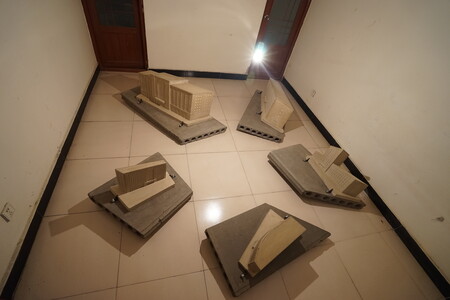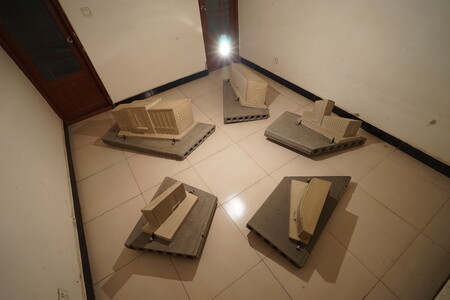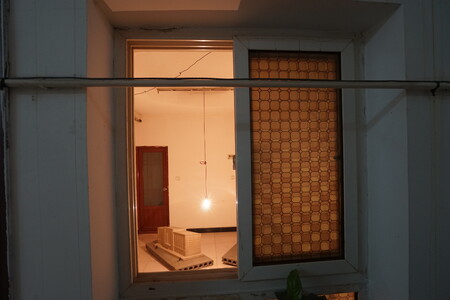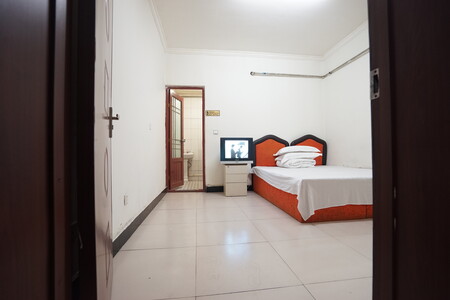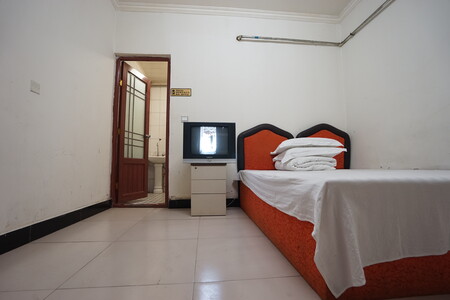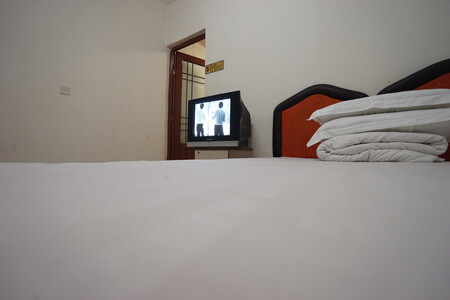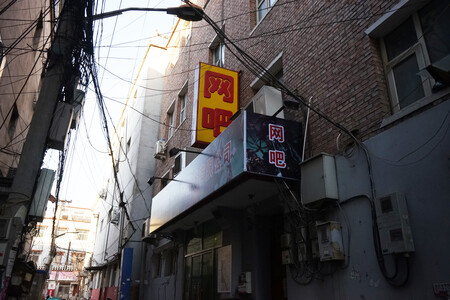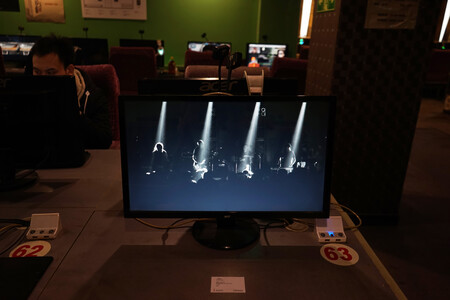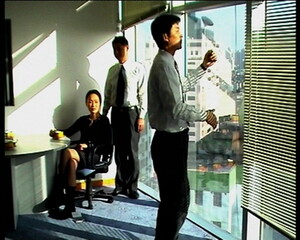Group Exhibition Cao Chang Di, Beijing, Public baths; Internet cafes; three supermarkets; three tents, Chaoyang district
Curator: CUI Cancan
Organizer: Blue Mountain Contemporary Art
The word “Decameron” means “ten days.” It is a realist novel written by Giovanni Boccaccio during the Renaissance about ten people hiding from the Black Death in a secluded villa in the mountains. Aside from singing and dancing, each person must tell a story each day to pass the steamy nights. Over ten nights, the ten people tell one hundred stories. The stories come from a broad range of sources and diverse perspectives with widely varying views. They are based on palace rumors, ancient tomes, word on the streets and Eastern folk tales. They contain descriptions of real life, emotional odes, philosophical discussions, and critiques of society, leading some to refer to it as the “Human Comedy.”
This Decameron utilizes the format of this story to tell of four exhibitions taking place in various corners of the city. Scattered among them are a public bath, an internet cafe, several supermarkets, three tents, an ancient river that winds around northeast Beijing, 47 artists and ten past projects. In this story, the information of reality, historical meaning and aesthetic structures encapsulated by these spaces lend the exhibitions and their artworks new form. Space is the object of creation as well as the source of ideas, the goal of artistic work and the field of practice.
An exhibition such as this could only take place in Beijing. It has a thick accent that is interwoven with the fantasy and reality of this land. Beijing is a giant imperceptible stage in the fading light of day, possessing its own inherent order, as well as experiments that resist it. The modernity and cheapness concealed under the smog of day produce dreams in massive quantities, and generate desire and degeneracy as well. On the other end of the day, an ancient, cold eye observes quietly as night attacks the city with the same rapacity.
This incomparably complex yet clumsy northern capital is like a giant magnet that attracts countless artistic changes, people and events. In this center of politics and culture, no one voice can be eternal. It is a scene of constant battle between adventurers and vanquished. It ceaselessly responds to the past created by yesterday, and the contextual relationships of the place where art occurs, from the People's Park of the No Name Painting Society to the rift of the system at the China / Avant-Garde Exhibition, the marginal spirit of Beijing East Village, and on to the barbarian tales of Songzhuang and Heiqiao Village.
“Decameron” is a field of vision, a demarcation of time as well as a fixed gaze on time. Only through a recounting can each story be filled with sentiments and perceptions of the “night.” The night can be a symbol of war and ambush. The night can also be a time for revelry when we lose ourselves. “Decameron” can encompass everything, refracting light and carrying stories, taking us throughout the world, or it can be totally empty, devoid of all occurrences. When the revelry ends, these stories remain as irrefutable evidence of its profound existence.
When the curtain of night descends, things are naturally bound to happen. The stories will never cease, and the ambitions will never end.
More Pictures:


